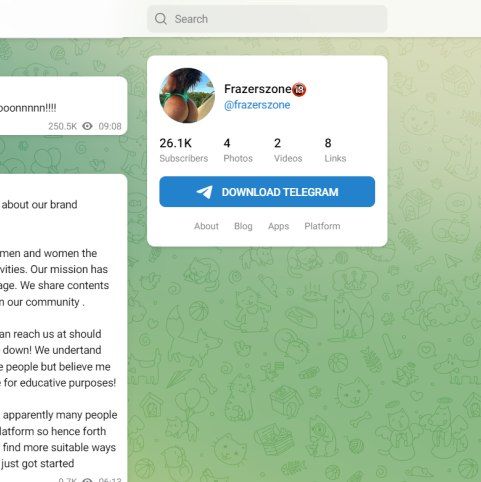How to Start a Dropshipping and E-commerce Business
Your guide to creating a profitable online store with minimal inventory and setup costs.
Step 1: Choose a Niche and Products
Start by choosing a niche that interests you and has potential demand. Analyze the market to identify products that are popular or trending, and research potential suppliers. Consider your target customers’ needs and preferences, and choose products that offer a unique angle or benefit.
Step 2: Find Reliable Suppliers
Finding trustworthy suppliers is crucial in dropshipping. Use platforms like AliExpress, Oberlo, or SaleHoo to connect with suppliers. Check supplier reviews, delivery times, and product quality. Establish communication to understand how they handle issues like returns, refunds, and delayed shipments to ensure smooth operations.
Step 3: Set Up Your E-commerce Store
Set up your online store on platforms like Shopify, WooCommerce, or BigCommerce. Customize your website to reflect your brand, and make it easy to navigate. Include essential pages like Contact, About Us, and FAQs. Ensure a smooth checkout process to enhance customer experience, and optimize your store for mobile users.
Step 4: Optimize Product Listings for SEO
Search engine optimization (SEO) can help drive organic traffic to your store. Use relevant keywords in product titles, descriptions, and tags. Include high-quality images and detailed descriptions for each product to improve search rankings and appeal to potential buyers. Consider using tools like Google Keyword Planner or Ahrefs to find keywords.
props.adsense_in_article_ads
Step 5: Set Up Payment and Shipping Options
Offer a variety of payment methods, such as credit card, PayPal, and Apple Pay, to accommodate different customer preferences. Configure shipping rates and delivery options based on your supplier’s capabilities. Clear shipping policies on your site help manage customer expectations and reduce cart abandonment.
Step 6: Launch Marketing Campaigns
Drive traffic to your store using marketing strategies such as social media ads, Google Ads, influencer partnerships, and email marketing. Use targeted ads on platforms like Facebook and Instagram to reach your audience effectively. Experiment with different ad formats to see which ones yield the highest engagement and conversion rates.
Step 7: Monitor Performance and Optimize
Use analytics tools like Google Analytics and Shopify reports to track your store’s performance. Pay attention to metrics like visitor numbers, conversion rate, and average order value. Based on your findings, make adjustments to product listings, ad campaigns, and customer support to improve overall performance.
Tips for Dropshipping Success
- Provide clear product descriptions to manage customer expectations.
- Keep communication open with suppliers to handle issues quickly.
- Offer promotions or discounts to attract new customers.
- Focus on building strong customer service to encourage repeat business.


Comments are closed, but trackbacks and pingbacks are open.